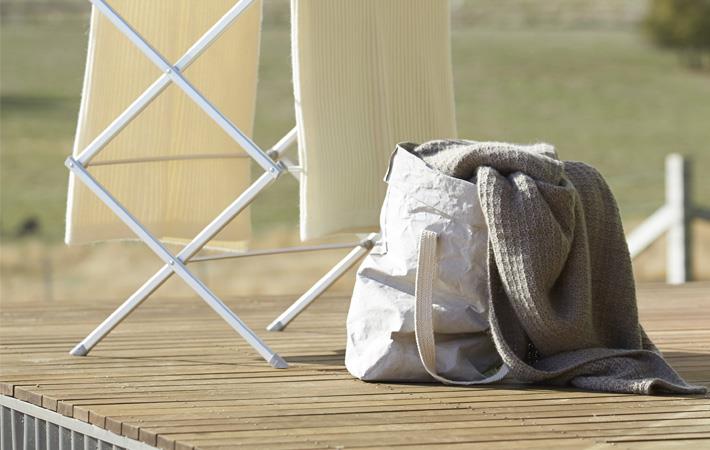Wool has beaten cotton as a wardrobe staple, lasting for up to ten years in wardrobes and woolen items have the longest lives as hand-me-downs and resale items, according to research conducted by Nielsen for The Woolmark Company. With sustainability gaining popularity, wool clothes and accessories are the most enduring items consumers can buy, it says.
The survey, covering more than 1,000 18 to 64 year-olds in five countries—China, Japan, Germany, the United Kingdom and the United States—reveals that since 2012, while both men and women have witnessed a rise in the average number of items they own, wool garments are amongst the oldest and longest-lasting articles of clothing in their wardrobes.Wool has beaten cotton as a wardrobe staple, lasting for up to ten years in wardrobes and woolen items have the longest lives as hand-me-downs and resale items, according to research conducted by Nielsen for The Woolmark Company. With sustainability gaining popularity, wool clothes and accessories are the most enduring items consumers can buy, it says.#
In fact, some 9 per cent of wool clothes were purchased more than 10 years ago, compared to only 3 per cent of cotton or polyester clothes. Wool garments live on long after the first buyers stop using those, through resale, donations to charity or as hand-me-downs to friends and family. In the battle between natural fibres, the statistics have revealed wool is now more popular than cotton as a wardrobe staple.
In the male wardrobe, the increased share of wool items is primarily driven by an increased presence of wool blends and wool-based sports clothing. Men who own Merino wool items tend to wear these all year round, the study found.
While wool items are on the rise in male wardrobes, 100 per cent cotton, silk and denim garments have all seen a reduction as men have moved on to blended or synthetic fabrics.
The same trend holds true for women: 5 per cent of wool clothes were purchased more than ten years ago, compared to only 2.5 per cent of cotton or polyester clothes, while the number of woollen items in a woman’s wardrobe have also increased in the last six years–up from 8 per cent in 2012 to 12 per cent in 2018.
Asian markets have the greatest share of woollens in their wardrobe, followed closely by the United Kingdom. Wool is also more likely to be found in female accessories such as scarves or formal and outerwear.
The only negative perceptions suffered by wool items centre around care: nearly half of consumers perceive the fibre as not easy to care for. However, wool is naturally resistant odour and stain resistant, so wool clothes don’t actually need to be washed often, they can instead be aired.
Fibre2Fashion News Desk (DS)
